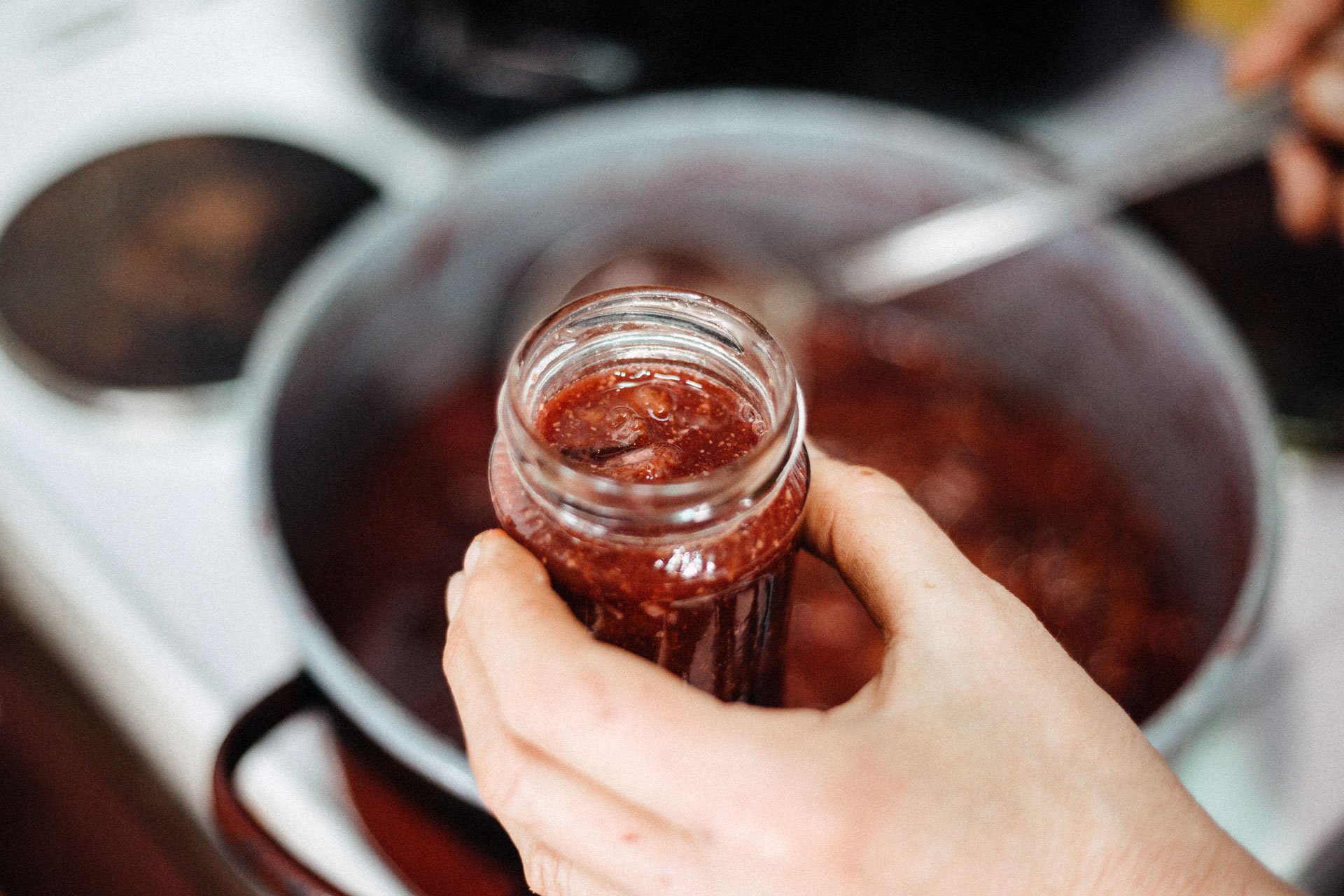Real Food Encyclopedia | Rhubarb
A relative of buckwheat, rhubarb (Rheum rhabarbarum) is an herbaceous perennial that grows both indoors and outdoors. That’s right, it’s not a fruit, it’s a vegetable! Some know it only as the pie buddy of strawberry but rhubarb is delicious in its own right. And not just when sweetened: Some folks report breaking off a stalk and eating it raw, savoring its sourness.
In the United States, rhubarb is an imported plant, having arrived in the Northeast states in the early 19th century. While native to Siberia, its cultivation and trade stretches back to the days of the Silk Road when rhubarb was considered a Medieval European luxury item and prized by the Chinese as a laxative.
It wasn’t until the availability of cane sugar that European cooks transformed the bitter vegetable into something sweeter, filling pies and other desserts with its pink stalks. England was such a major producer of hothouse-grown rhubarb that a special train was set up to express it from producers in the north to waiting wholesalers in London and beyond during the season’s peak.
Fun facts about rhubarb:
- English recipes typically pair rhubarb with ginger while American cooks favor pairing it with strawberries.
- Rhubarb leaves contain high concentrations of oxalic acid, the same toxic substance that gives spinach its bite, though found in much lower concentrations. Avoid eating the leaves of rhubarb as they are poisonous.
- The leaves can be used to make a natural pesticide.
What to look for when buying rhubarb
There are many varieties of rhubarb, including green, red, pink and speckled. Look for stalks that are medium-sized, firm and crisp. They might have the very bottoms of the leaves, visible up top or the producer might have chopped off the leaves entirely.
Sustainability of rhubarb
Geography
In the U.S. rhubarb is grown commercially in Michigan and the Pacific Northwest, and grown in backyards all over the north.
A nine square mile area in the north of England is referred to as “Rhubarb Triangle” where growers perfected the art of forced rhubarb. This traditional method entails growing it in dark sheds heated by a coal fire. Not only does this extend the growing season into the winter, but it produces a sweeter, more tender rhubarb. The process of forcing is still done today, but now in greenhouses. A forced crop of rhubarb can only yield one harvest, whereas traditionally grown rhubarb is a perennial, coming back year after year for up to 14 years.
Seasonality
Forced rhubarb starts arriving in markets from January to early spring while the field grown variety arrives in the late spring to early summer. Rhubarb is typically harvested in early spring when the plant is at its peak flavor.
Eating rhubarb
Storing
Rhubarb keeps for about a week wrapped in the refrigerator.
Cooking
Just like celery, rhubarb has strings. To remove, use a paring knife. The strings will likely break down during cooking, but cooked rhubarb has a smoother texture without them.
As rhubarb is quite sour, it pairs well with foods and ingredients that balance out the acidity. It might surprise you, but it pairs very well with meat — including pork, chicken and beef —as part of a main course, so you can say goodbye to enjoying it only at dessert time.
Preserving
You can freeze chopped rhubarb for up to a year. You’ll also get great results making rhubarb compote for use on top of yogurt and granola, on top of ice cream or biscuits or just eaten with a spoon.
Nutrition
Rhubarb is a good source of Vitamin K and C. It is also a highly acidic plant with a pH of 3.1.
Top photo by feferoni/iStock.


